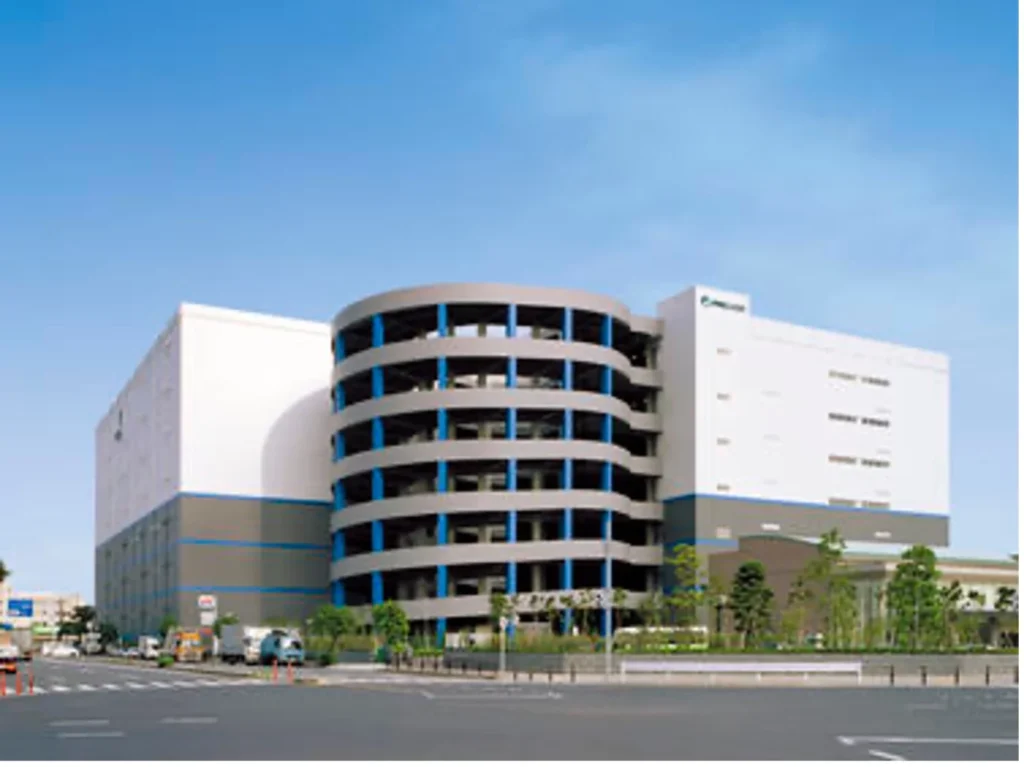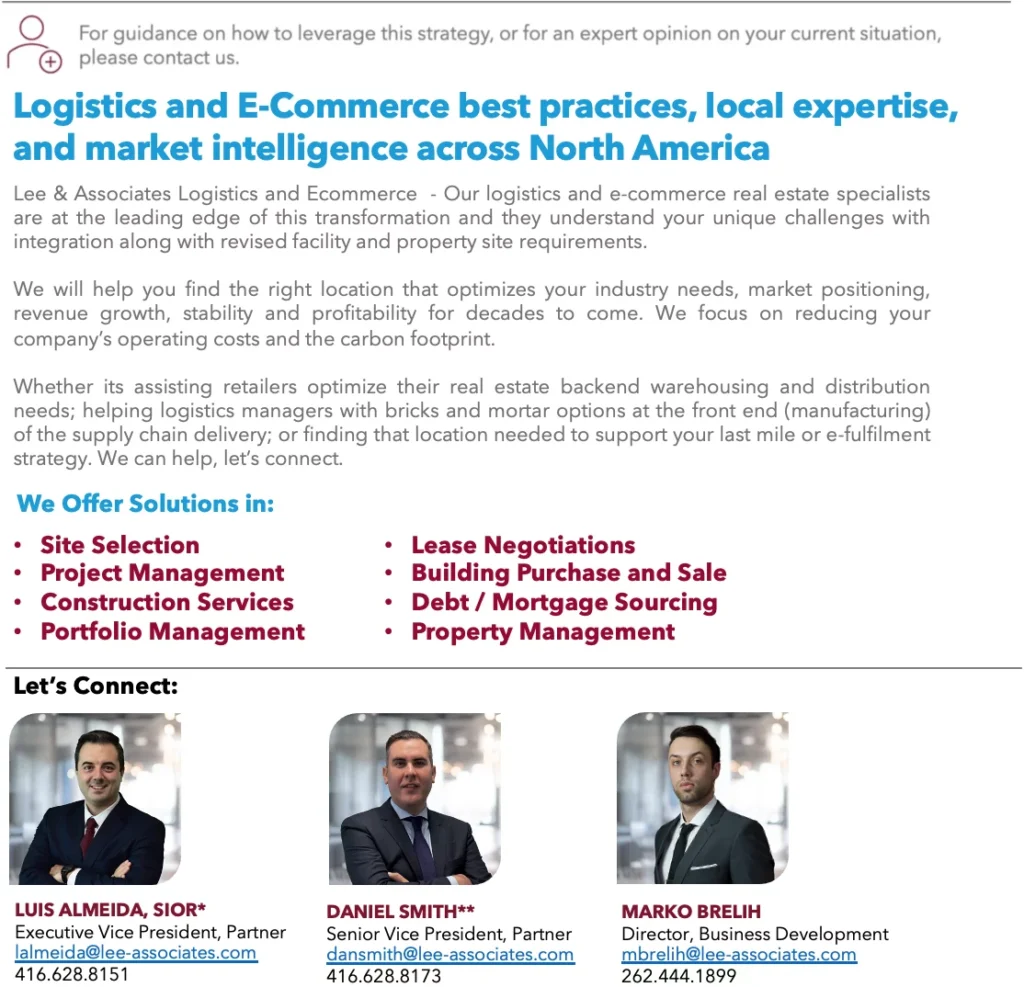THE EFFECT OF GTA INDUSTRIAL LAND PRICING ON MULTI-STOREY WAREHOUSING
December 16, 2021

The Effect of GTA Industrial Land Pricing On Multi-Storey Warehousing
As industrial land pricing continues to set new high watermarks, the economics of industrial developments may soon reach a point where multi-storey warehouses are not only viable, but necessary. That’s because if the cost to acquire land keeps going up, then either rents or gross floor area of the final project will need to increase to make the investment worthwhile.
And to that effect, industrial rents have doubled over the last five to seven years. Meanwhile, developers have contemplated building multi-level facilities, but the concept has thus far failed to break ground in the Greater Toronto Area. At the same time, a greater emphasis has been placed on throughput, efficiencies, and cubic volumes in order to justify said rents by focusing on productivity per square foot. Although these warehouse management systems have helped, they too require significant investments and at times rely on unproven, cutting-edge technologies.
As a result, many businesses have turned to outlying markets, pre-leasing, or design builds in an attempt to control costs.
All of these points can be distilled down to the choice of single-storey properties with high clear heights and hyper-efficient internal systems, or multi-level facilities with a complex zoning and construction process – with location a potential deciding factor.
Overall, as availability rates slip below 1%, construction becomes more expensive, and land becomes even more scarce; we may finally see the long-discussed idea become reality.
So with that said, let’s take a closer look…
The Viability of Multi-Storey Warehousing in the GTA
Multi-storey warehousing’s place in the Greater Toronto Area is a matter of when, not if, thanks largely to the chronic shortage of both industrial space and land.
In pulling a quick search through our internal data, there are just 58 parcels of land over 5 acres for sale across the GTA; just 9 of which are currently designated for industrial use.
Looking deeper, Figure 1 shows the last recorded sales value per acre of industrial land over 5 acres from 2016 to 2021. What we see in the chart below is a steady trendline from an approximate average of $500,000 per acre in 2016, to an approximate average of $1.25M per acre in 2021. This represents a 250% increase in per-acre pricing over the past 5 years.

Figure 1: Pricing of industrial land over 5 acres, 2016 to 2021. Source: CoStar
Despite the averages, one should keep in mind that well-located parcels are trading for between $3-million and $4-million an acre; and those values only go higher when searching within the GTA’s core. Which leads us to examine the price tag of a multi-storey warehouse.
Big Box vs. Multi-Storey Warehouses
While Big Box warehouses have become widely adopted as the gold standard for retailers and 3PLs looking to move massive quantities of goods, multi-storey facilities are still a relatively new concept to North America.
Here are a few of the benefits that may be realized:
- Takes advantage of smaller lots by building vertically;
- Increased rentable square footage, especially beneficial in urban settings;
- Lower transportation costs;
- Increased access to consumers.
Here are a few of the challenges and limitations of the concept:
- Less efficient site use due to the need for on-ramps and parking;
- Less leasable space due to elevators, stairs, equipment rooms, etc.;
- Additional steel required for structural integrity and fire-proofing;
- Additional material and complexity in constructing said on-ramps, elevators, etc.;
- Lower clear heights compared to traditional Big Box warehouses;
- Less efficient throughput as goods move vertically by elevator or down through ramps.

Figure 2: Multi-storey industrial warehouse. Souce: Prologis
Finally, we looked at the average pricing of industrial land during the periods of 2012 to 2015, 2016 to 2018, and 2019 to 2021; based on recorded sales. We notice the average sales price increased from about $9M to $13.2M to $15.8M, respectively, while the average sales price per acre increased from approximately $530k to $644k to $1.1M, respectively.
Summary
Overall, the GTA industrial logistics market is red-hot and continues to experience supply challenges. This environment will see rents and values further increasing, spurring retailers and 3PLs to further consider purchasing industrial land and developing or pre-leasing one to two years in advance. The issue still remains that new construction will provide little relief until at least 2023.
Although we approach peak season, starting the conversation about your real estate footprint and examining your options on an ongoing basis will help you find the best facility for your needs when the time is right.
On that note, if you would like our team to help you secure your next facility, for more information on specific industrial land parcels, or off-market opportunities, please contact us directly.

